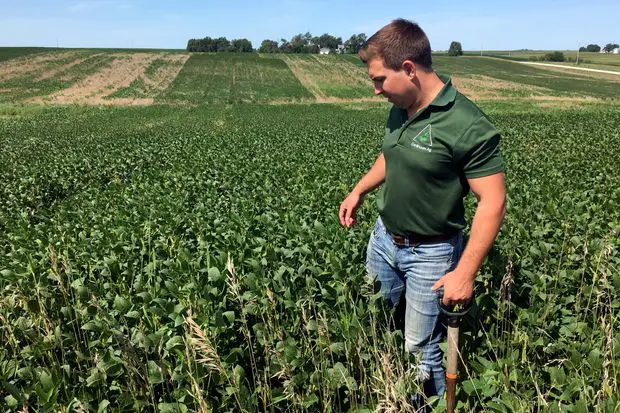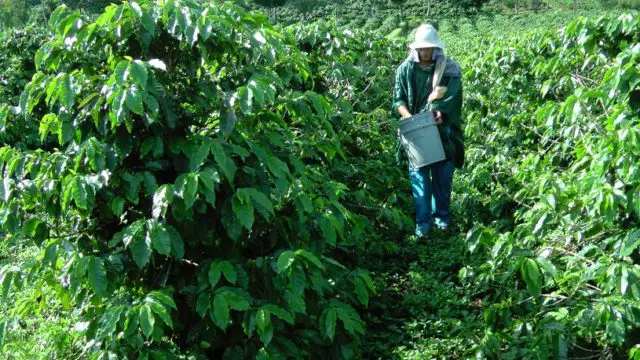A preparatory meeting for the United Nations Convention on Climate Change Conference (COP25) was carried out by Costa Rica, as part of the country’s plan to create a low-carbon emissions economy.

This event was called “The experience of Costa Rica in the transition to a low carbon economic development model. Launch of a proposal for the recognition of the ecosystem benefits for the soil”.
Present were the Ministers of Agriculture and Livestock, and Environment, as well as the Deputy Ministers of both portfolios and Eduardo Mansur, Director of the Land and Water Division of United Nations Food and Agriculture Organization (FAO).
Two examples of sustainable agriculture for the world.
The first Costa Rican example of sustainable agriculture is the one carried out in the province of Guanacaste, in the canton of Hojancha, where sustainable agriculture was consolidated through a collective development strategy, in which both the Government and the private sector were integrated with broad participation of the civil society. This strategy was carried out in three main aspects: the environmental, human and economic areas.
In the environmental area: it was possible to demonstrate the recovery of water resources, the reduction of erosion, reforestation, landscape transformation, also forest cover increased by more than 40%.
Economically: forest micro-enterprises were consolidated and more than 400 hectares of coffee was planted in sustainable systems that allowed the development of coffee export brands. In turn, new sources of employment were generated in livestock, agriculture, and tourism.
On the human side: it was possible to create environmental awareness for new generations focused on recognizing the positive impacts of environmental services. In addition to strengthening civil society organizations and producers through the empowerment of young people and women.
The other example of sustainable agriculture is the Management Plan of the “Jesús María and Barranca” river basin on the Pacific slope, where the emphasis was placed on reducing erosion and soil degradation through conservation actions. Similarly, the implementation of crop diversification practices, silvopastoral practices, reforestation, and water resource protection was carried out.
Similarly, the development of low-emission productive activities and the strengthening of food and nutritional security of families in the area were encouraged, giving women prominence in entrepreneurship projects.
“These are two examples of how much the Costa Rican Agricultural sector does and can continue to contribute in terms of sustainable production and how we have adapted food production to climate change and have advanced towards a decarbonized agricultural production, but, agriculture needs also to coordinate how markets are transformed and become direct producer-consumer markets, which recognize fair prices, to the 500 million families that produce food for the world”, said the Minister of Agriculture and Livestock, Renato Alvarado Rivera.
Costa Rican investment for the environment.

“The Costa Rican State invests more than $65 million annually in the management and administration of Protected Natural Areas and Rural Landscapes, with an additional $35 million that goes to small and medium forest producers that conserve forests under the Payment for Environmental Services (PSA), developed successfully since 1997”. This was announced by Carlos Manuel Rodríguez, Minister of Environment and Energy. Similarly, he stated, “these public funds make forest protection, reforestation, natural regeneration, and landscape rehabilitation through agroforestry systems, allowing the reduction of carbon emissions efficiently”.
For his part, Adoniram Sanches, FAO Representative in Costa Rica, commented, “the country shows that a nation can achieve sustainable development through “nature-based solutions” that not only represent advantages for the environment, in the face of climate change but also as a valuable option for economic and social development”.
Once again, Costa Rica’s interest and effort to be pioneers in the region consolidating emission-free agriculture in defense of the environment is more than evident.

